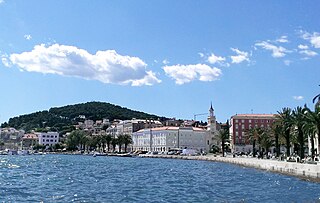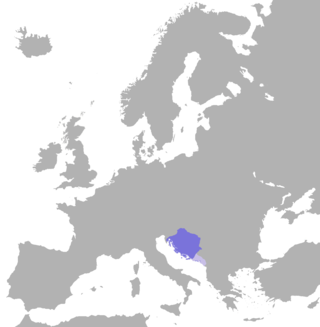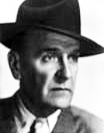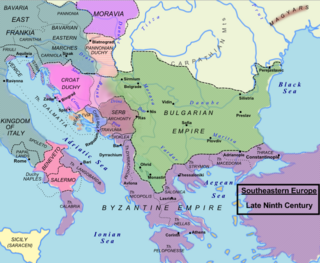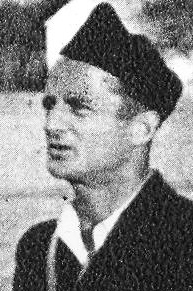

"Marjane, Marjane" (lit. "Marjan, Marjan") is a Croatian song from Dalmatia. The name refers to the Marjan hill which overlooks the largest city of Dalmatia, Split, and on which the main (large) city flag is raised. It originates from a folk song sung in the city during the late 1930s, which was first recorded by the poet Ivo Tijardović. [1] Its melody was also used for the Slovenian patriotic song Janez, kranjski Janez (John, John of Carniola).
Contents
- Original (core) lyrics
- Historical full versions
- Partisan version
- Contemporary version
- See also
- References
- External links
During World War II the song (with somewhat expanded wording) became very popular among the Yugoslav Partisans. The original song was played on the radio of the Nazi-puppet Independent State of Croatia, the Croatian Radio (Hrvatski krugoval). [2] The original lyrics serve as the official festive song of the city of Split. The song, being traditional, does not have a strictly defined ending, so its ending has changed through time and ideologies. Numerous artists have recorded the song. Najbolji Hrvatski Tamburaši included it in their 1989 release Hrvatska pjesmarica. [3] Trio Gušt released a version with new lyrics in 2009. [4]





